The content of the article
Many people like tart, saturated tea. It is pleasant to arrange a sit-round gathering, sharing news and secrets over a cup of flavored drink. After a hard day's work, it’s good to sit in a comfortable chair, warming your hands on the warm walls of the cup and inhaling the steam, watch its smooth movement. Often in the sale of tea with a variety of additives. But the most delicious will be a mixture created by yourself, without artificial flavors and dyes, only from natural ingredients.
The ancient drink of the modern world
The taste characteristics of tea depend on the variety, the quality level of the leaf, the place of growth and the time of harvest. The main exporters consider China, India, Kenya, Sri Lanka, and Turkey. Good taste in Georgian and Azerbaijani tea. In each country, there are rich traditions associated with brewing a drink, the rules of its serving and consumption. There are black, green, white and red species.They differ not only in taste, but also in action on the body. Widely known tonic, warming properties. A variety of additives enrich the taste and give the drink original notes. On the shelves of stores there is tea with bergamot, jasmine, mint, pieces of fruit and berries.
In China and Japan, brewing an invigorating drink is subject to strict ceremony and is equated with art. Since unhurried tea drinking pacifies, adjusts to a contemplative mood, brings peace of mind, it is customary to hold it in special tea gazebos located in picturesque places overlooking the water or a well-kept park. In everyday life, the procedure is simplified to the limit, but the basic rules of cooking still should be observed.
- The best cooking utensils are clay or ceramic teapot.
- The taste of the drink will be richer if you use freshly boiled soft non-chlorinated water.
- The teapot must be preheated.
- The rate of brewing depends on taste, the average amount is taken at the rate of 1 tsp per cup.
- In order to preserve the essential oils and aroma saturation, the tea leaves are quickly poured into a heated kettle, filled with boiling water to half the volume and infused.
- Then boiling water is added again, not reaching 1 cm. To the lid.
- To uncover the taste, a drink is poured into the cup and the kettle is poured again.
- After this tea is ready to drink.
The taste and benefits of tea with natural additives

Some products can enhance certain properties of tea. In the period of autumnal cold, colds are exacerbated. To avoid infection, it is necessary to turn to the forces of nature. Lemon enhances immunity, supplies the body with vitamin C, invigorates, improves blood circulation. Eating it is just so difficult because of the high acid content in the fruit. But as an additive to tea, he is great.
Ginger has a positive effect on metabolism, normalizes fat and cholesterol metabolism, increases the body's resistance to colds.In combination with lemon it creates a powerful barrier against viruses transmitted by airborne droplets.
- 1 teaspoon brew;
- 1/4 part lemon;
- 1 teaspoon without slides of ginger chips.
It turns out a spicy, slightly burning taste with a slight sourness. This tea is drunk with honey, jam, dried fruit, sweets or just like that, enjoying the exquisite aroma of oriental spices. It will be appropriate at any time of the year, but the recipe is especially useful in dank autumn evenings and windy winter days, warming, calming, guarding against viruses and raising your spirits.
Video: tea with ginger and lemon

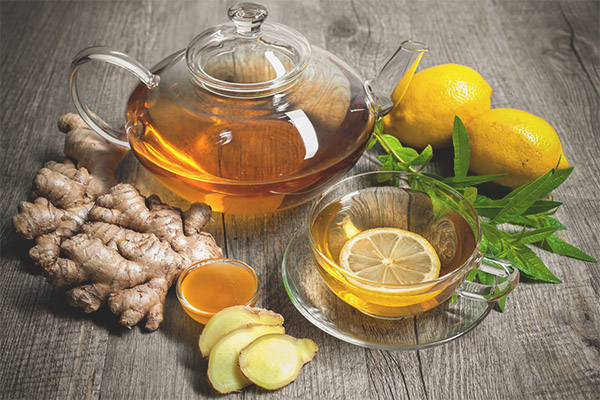
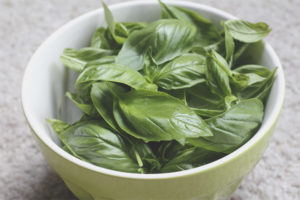
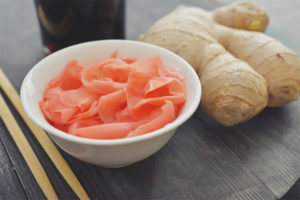
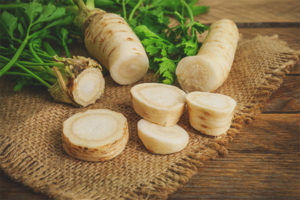
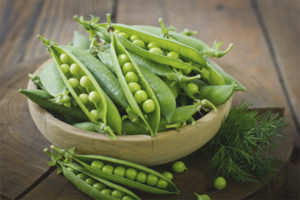
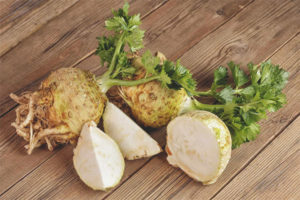
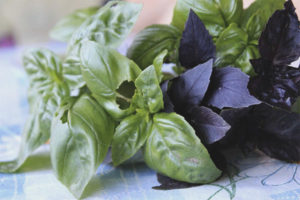
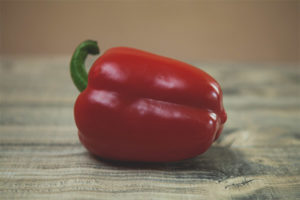
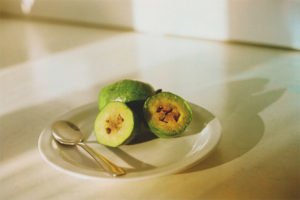
To send